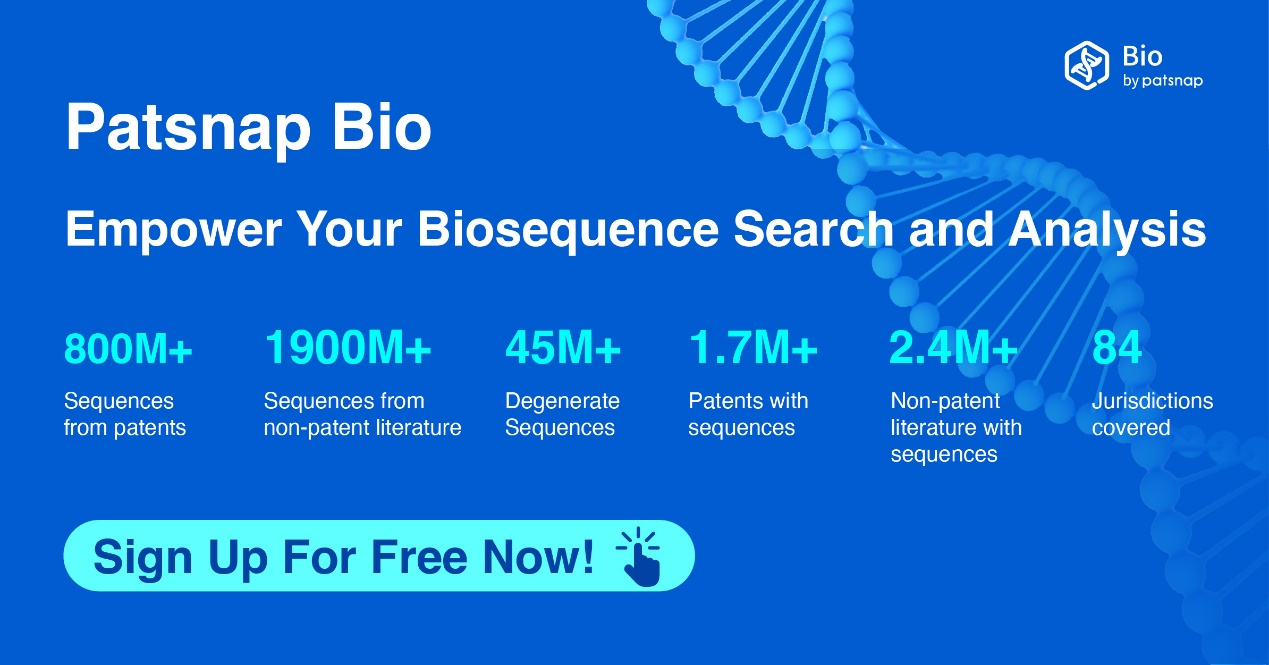Biological Glossary | What is Motif?
Motifs in biology refer to nucleotide or amino-acid sequence patterns that are prevalent and usually associated with the biological function of a macromolecule. They can occur in the exon of a gene, encoding the structural motif of a protein, or in other areas such as regulatory sequence motifs or satellite DNA. They don't necessarily have to possess a distinctive secondary structure. Some motifs may affect the shape of nucleic acids. Short coding motifs can label proteins for cell delivery or mark them for phosphorylation. Researchers can find motifs in a sequence or database using bioinformatic techniques like BLAST. Sequence motifs are short recurring patterns in DNA presumed to have a biological function, often indicating sequence-specific binding sites for proteins, or being involved in RNA level processes.
Free registration is available for the Bio biological sequence database: https://bio-patsnap-com.libproxy1.nus.edu.sg. Act now to expedite your sequence search tasks.




